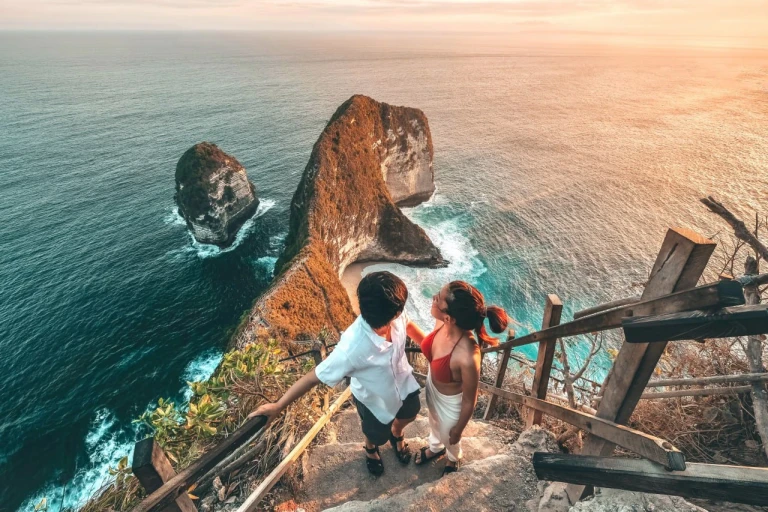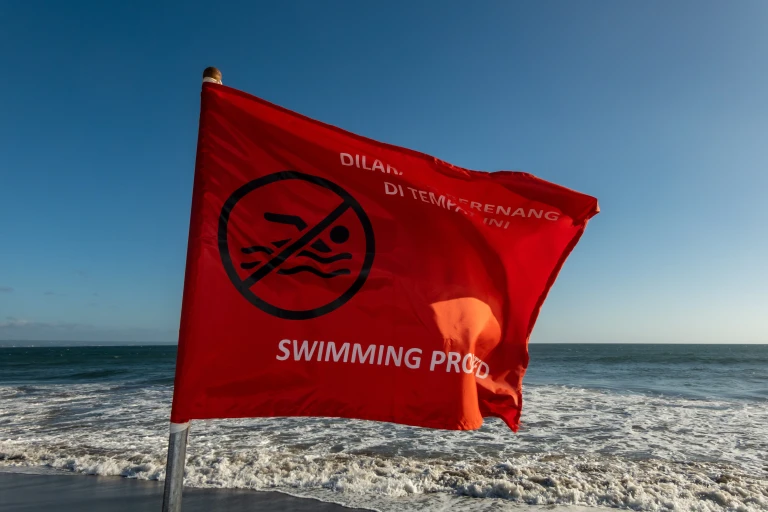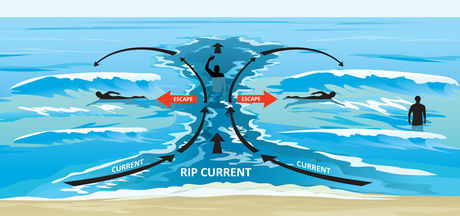The authorities of Nusa Penida held a meeting to discuss measures to ensure the safety of tourists at the most dangerous beach on the island. The Kelingking Beach attracts tourists with its beauty, but high waves, strong currents, and a steep path along the cliff make it deadly dangerous to visit. The island authorities are concerned about the high number of accidents happening there. They promised to implement safety measures during visits to the beach almost a year ago.

Despite constant warnings from guides and local residents to be cautious, the number of tragedies at the beach continues to rise. The head of the tourism department, Ni Made Sulistiavati, reported that preparations are currently underway to install protective barriers and mobilize staff who will wear special uniforms to ensure that tourists strictly follow their instructions. Signs prohibiting swimming do not stop enthusiasts from taking their chances.
Tourists are reminded to never enter the water under any circumstances, even if the waves appear calm. Strong underwater currents quickly wash away the sand from beneath the feet of swimmers and can drag them into the open ocean within seconds. It is also strongly recommended to never jump into the water to follow someone in distress,but to contact emergency services, lifeguards, or the Bali Search and Rescue Agency.
Visitors to Nusa Penida can enjoy the sandy beaches and admire the crystal-clear water and the landscape from the top of the cliff. However, the decision to descend should be well thought out. The footpath down the cliff is very dangerous, steep, and uneven, with no support for the feet in some places and almost no handrails for balance.
Tourists are advised to wear comfortable hiking gear, bring plenty of water, and pay full attention to their footing while descending and ascending. The hike takes longer than it seems and is very tiring.
One of the main problems on this trail is the large number of tourists wanting to ascend and descend at the same time. Visitors are advised to move slowly and confidently, paying special attention to others, especially in narrow places. Descent is prohibited during rain and fog, as the weather conditions in this area can quickly deteriorate.
In 2024, water safety became a key issue for the tourism sector. In the Buleleng district, the local tourism management supports the idea of ensuring safety at all water-related tourist attractions - natural springs, waterfalls, beaches, and open ocean activities. Lifeguards must be present 24/7 at all these locations.
To attract more tourists to this area,the region has allocated funds for the training and preparation of new lifeguards.
Source: pospapua.com


You can add one right now!